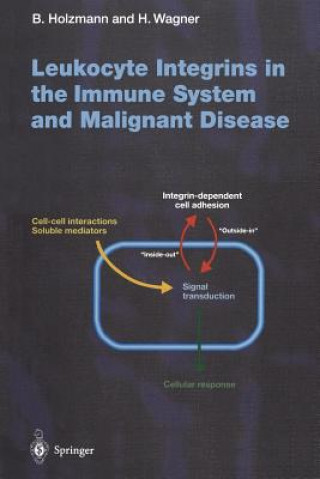
Code: 07000107
Leukocyte Integrins in the Immune System and Malignant Disease
by Bernhard Holzmann, Hermann Wagner
Most lymphocytes recirculate throughout the body, migrating from blood through organized lymphoid tissues such as lymph nodes (LN) and Peyer's patches (PP), then to lymph and back to blood (GOWANS and KNIGHT 1964). Smaller numbers ... more
- Language:
 English
English - Binding: Paperback
- Number of pages: 189
Publisher: Springer-Verlag Berlin and Heidelberg GmbH & Co. KG, 2012
- More about this

120.90 €

Low in stock at our supplier
Shipping in 13 - 16 days
Potřebujete více kusů?Máte-li zájem o více kusů, prověřte, prosím, nejprve dostupnost titulu na naši zákaznické podpoře.
Add to wishlist
You might also like
-

Toyota Prius 2001-08 Repair Manual
41.40 € -

Culture, Values and Ethics in Social Work
182.36 € -

Grüne Meeresschildkröte am Strand (Puzzle)
40.19 € -4 % -

Alpinismo eroico
32.13 € -14 % -

Understanding Four Views on Baptism
21.45 € -17 % -

Africans in Britain
103.16 € -

Education Bill
60.14 € -
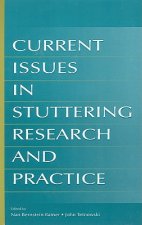
Current Issues in Stuttering Research and Practice
211.38 € -

Impact Des Architectures d''int gration 3D Sur Les Technologies CMOS
99.74 € -

Lake District
19.64 € -18 % -
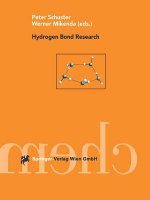
Hydrogen Bond Research
120.90 € -

Economic Implications for the United Kingdom of Scottish Independence: House of Lords Paper 152 Session 2012-13
40.29 € -

Daraus man alle Heimligkeiten des weiblichen Geschlechts erkennen kann
23.37 € -2 % -

Analisis Espacial Con Evaluacion Multicriterio
65.58 €
Give this book as a present today
- Order book and choose Gift Order.
- We will send you book gift voucher at once. You can give it out to anyone.
- Book will be send to donee, nothing more to care about.
More about Leukocyte Integrins in the Immune System and Malignant Disease
You get 304 loyalty points
 Book synopsis
Book synopsis
Most lymphocytes recirculate throughout the body, migrating from blood through organized lymphoid tissues such as lymph nodes (LN) and Peyer's patches (PP), then to lymph and back to blood (GOWANS and KNIGHT 1964). Smaller numbers of lymphocytes migrate from blood to extranodal tissues such as pancreas and then through lymphatic vessels to LN (MACKAY et al. 1990). An important feature of this migration is the ability of lymphocytes to recognize and adhere to the surface of blood vessel endothelial cells before migrating through the vessel wall into surrounding tissue (CARLOS and HARLAN 1994; IMHOF and DUNON 1995; BUTCHER and PICKER 1996). Adhesion interactions of vascular endothelium with lymphocytes under flow or shear consist of at least four steps: (I) an initial transient sticking or rolling; (2) if the lymphocytes encounter appropriate activating or chemotactic factors in the local environment, rolling may be followed by a lymphocyte activation step that then leads to; (3) strong adhesion or sticking that may be followed by; (4) lym phocyte diapedesis into tissue (BUTCHER 1991; SHIMUZU et al. 1992; SPRINGER 1994; BARGATZE et al. 1995). Specific lymphocyte and endothelial adhesion molecules (AM) are involved in each step of this "adhesion cascade" (reviewed in CARLOS and HARLAN 1994; IMHOF and DUNON 1995; BUTCHER and PICKER 1996). This allows lymphocyte migration to be controlled at several different steps, leading to a combinatorial increase in specificity and sensitivity.
 Book details
Book details
Book category Books in English Medicine Clinical & internal medicine Diseases & disorders
120.90 €
- Full title: Leukocyte Integrins in the Immune System and Malignant Disease
- Author: Bernhard Holzmann, Hermann Wagner
- Language:
 English
English - Binding: Paperback
- Number of pages: 189
- EAN: 9783642719899
- ISBN: 3642719899
- ID: 07000107
- Publisher: Springer-Verlag Berlin and Heidelberg GmbH & Co. KG
- Weight: 318 g
- Dimensions: 235 × 155 × 12 mm
- Date of publishing: 11. January 2012
Trending among others
-

Cancer Is Not a Disease - It's a Healing Mechanism
28.20 € -

Emperor of All Maladies
12.48 € -20 % -

Radical Remission
18.03 € -10 % -

Healing Add
17.92 € -14 % -
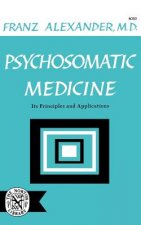
Psychosomatic Medicine
20.75 € -16 % -

How to Starve Cancer
19.23 € -28 % -

Kuby Immunology
89.76 € -
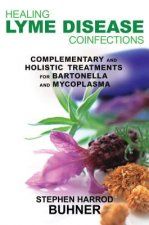
Healing Lyme Disease Coinfections
17.02 € -18 % -
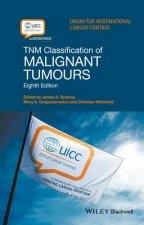
TNM Classification of Malignant Tumours 8e
52.38 € -1 % -

Autoimmune Solution
12.79 € -18 % -

LYMPH & LONGEVITY
19.64 € -18 % -

Oxford Handbook of Infectious Diseases and Microbiology
45.13 € -11 % -
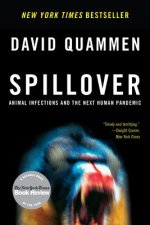
Spillover
15.30 € -

Cancer and the New Biology of Water
20.85 € -19 % -
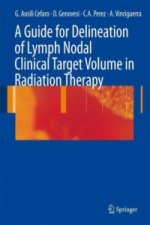
Guide for Delineation of Lymph Nodal Clinical Target Volume in Radiation Therapy
106.29 € -4 % -
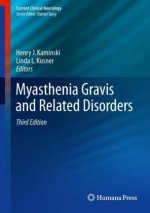
Myasthenia Gravis and Related Disorders
127.45 € -4 % -
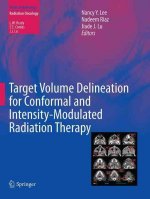
Target Volume Delineation for Conformal and Intensity-Modulated Radiation Therapy
178.53 € -
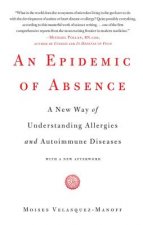
An Epidemic of Absence
16.61 € -20 % -

Oxford Desk Reference: Toxicology
136.72 € -
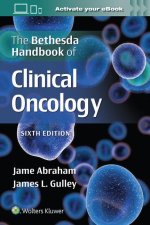
Bethesda Handbook of Clinical Oncology
77.98 € -9 % -

Cancer as a Metabolic Disease - On the Origin, Management, and Prevention of Cancer
160.29 € -

Breast Ultrasound
95.71 € -4 % -

CT Anatomy for Radiotherapy
90.77 € -

Natural Treatments for Lyme Coinfections
16.92 € -18 % -

Everyday Mindfulness for OCD
13.79 € -23 % -

Oxford Handbook of Clinical Immunology and Allergy
45.03 € -
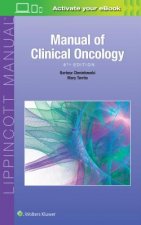
Manual of Clinical Oncology
68.50 € -7 % -
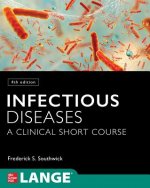
Infectious Diseases: A Clinical Short Course
112.13 € -
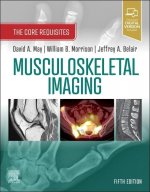
Musculoskeletal Imaging
90.37 € -
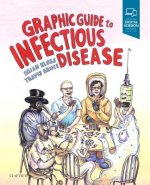
Graphic Guide to Infectious Disease
39.49 € -11 % -
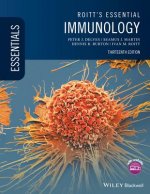
Roitt's Essential Immunology 13e
64.47 € -

Emergency Management of Infectious Diseases
125.94 € -14 % -

Complete Guide to Breast Cancer
19.64 € -18 % -
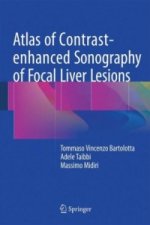
Atlas of Contrast-enhanced Sonography of Focal Liver Lesions
106.29 € -4 % -
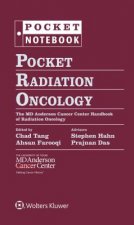
Pocket Radiation Oncology
50.17 € -10 % -
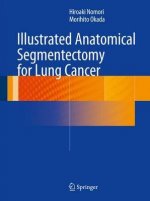
Illustrated Anatomical Segmentectomy for Lung Cancer
169.66 € -4 % -
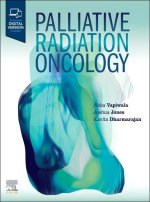
Palliative Radiation Oncology
195.05 € -9 % -
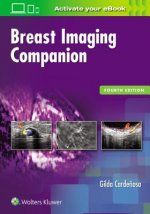
Breast Imaging Companion
136.62 € -
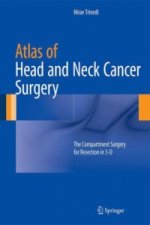
Atlas of Head and Neck Cancer Surgery
127.45 € -4 % -
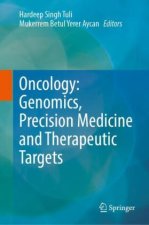
Oncology: Genomics, Precision Medicine and Therapeutic Targets
175.10 € -
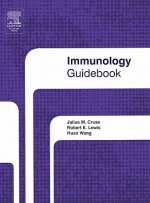
Immunology Guidebook
254.10 € -

Stay Healthy During Chemo
15.41 € -22 % -
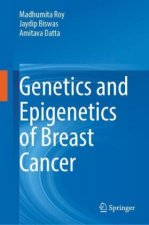
Genetics and Epigenetics of Breast Cancer
175.10 € -
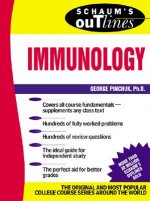
Schaum's Outline of Immunology
26.99 € -14 % -
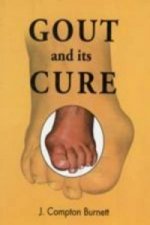
Gout & Its Cure
4.93 € -18 % -

Great Influenza
17.72 € -11 % -

Oxford Handbook of Expedition and Wilderness Medicine
60.04 € -
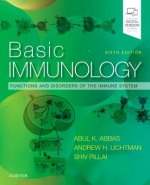
Basic Immunology
63.77 € -12 % -
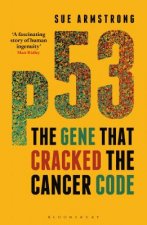
p53
14.50 € -15 %
Collection points Bratislava a 2642 dalších
Copyright ©2008-24 najlacnejsie-knihy.sk All rights reservedPrivacyCookies


 15549 collection points
15549 collection points Delivery 2.99 €
Delivery 2.99 € 02/210 210 99 (8-15.30h)
02/210 210 99 (8-15.30h)